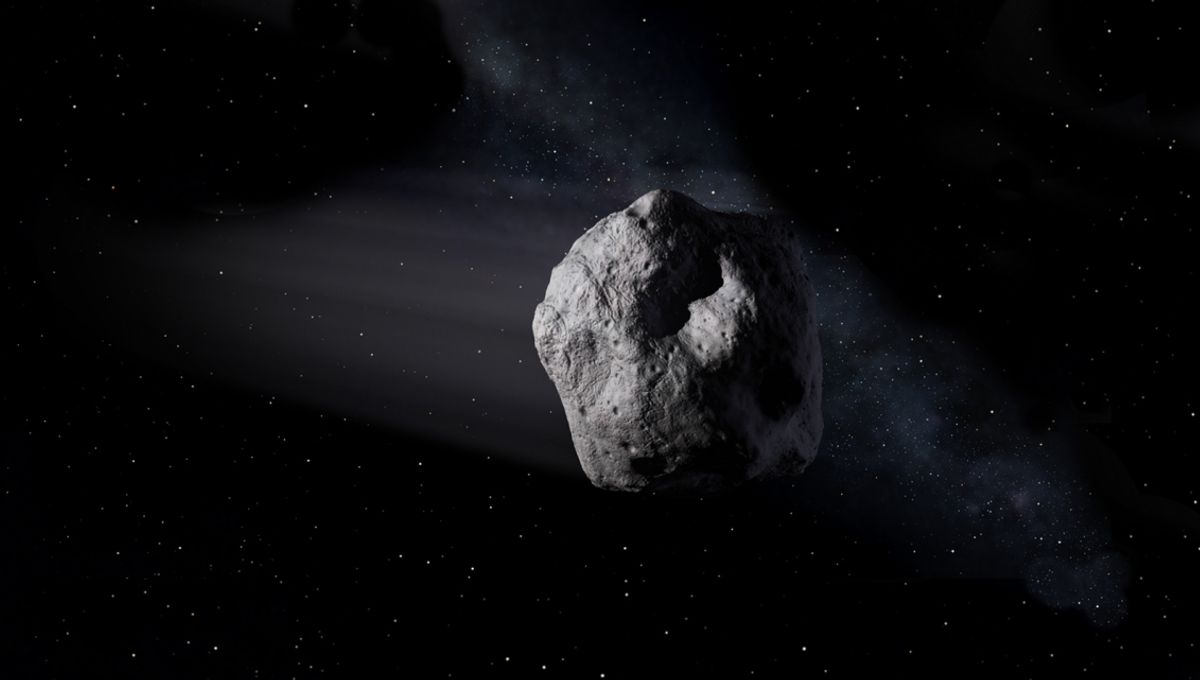
There are roughly 32,000 known asteroids that get close to our planet – an impressive number of objects, which has tripled in the last 10 years thanks to wider efforts in planetary defense. Almost half of all those detections (14,400) came from the NASA-funded Catalina Sky Survey, a project developed at the University of Arizona. Now, they want more people to help out.
Researchers with the project have launched a citizen science portal, part of the incredible Zooniverse program. No expertise is required to help, just an internet connection. The Daily Minor Planet consists of daily new images of the night sky. Asteroids move a fair bit with respect to the distant stars that are caught in the pictures, so citizen scientists are called upon to spot any movement from celestial bodies.
“I thought it would be great if people could do what we do every night,” Carson Fuls, a science engineering specialist for the Catalina Sky Survey who heads the project, said in a statement. “We see this website as throwing open the doors: Do you want to look for asteroids, too? If so, come on in.”
Images from the five telescopes of the survey are uploaded to the system. Not all the images, though: just those that had a speck of something moving in the field of view within six to seven minutes of the first observation. It could be a false alarm or the real thing, and that’s why you need a lot of people. There are already several hundred people who have joined, and more are coming on board. Good news for statistics, and you don’t need people to get it right every time.
“With enough people participating, you can establish a general consensus, so there’s less margin of error,” added Catalina Sky Survey director Eric Christensen.
In the testing phase, three citizen scientists spotted 64 candidate detections for unknown asteroids.
“We’ve sent these detections off to the Minor Planet Center as potential new discoveries, and most of these objects have not yet been linked to any object that has been detected before,” Fuls explained. “We anticipate that there will be many more discoveries like that going forward.”
The survey does not just detect new objects, but also keeps track of known asteroids. On a clear moonless night, they can spot up to 10,000 objects. The work of the citizen scientists will both help find new stuff and confirm candidates, helping the scientists in making sure we know the position of as many dangerous space rocks as possible. Just another way that citizen science is changing the world.
Source Link: "Asteroid Hunters Needed" – Astronomers Call On The Public To Join Search For More Space Rocks